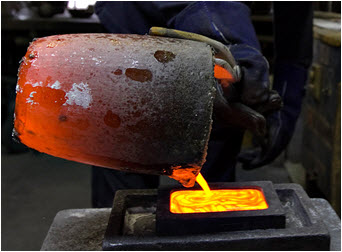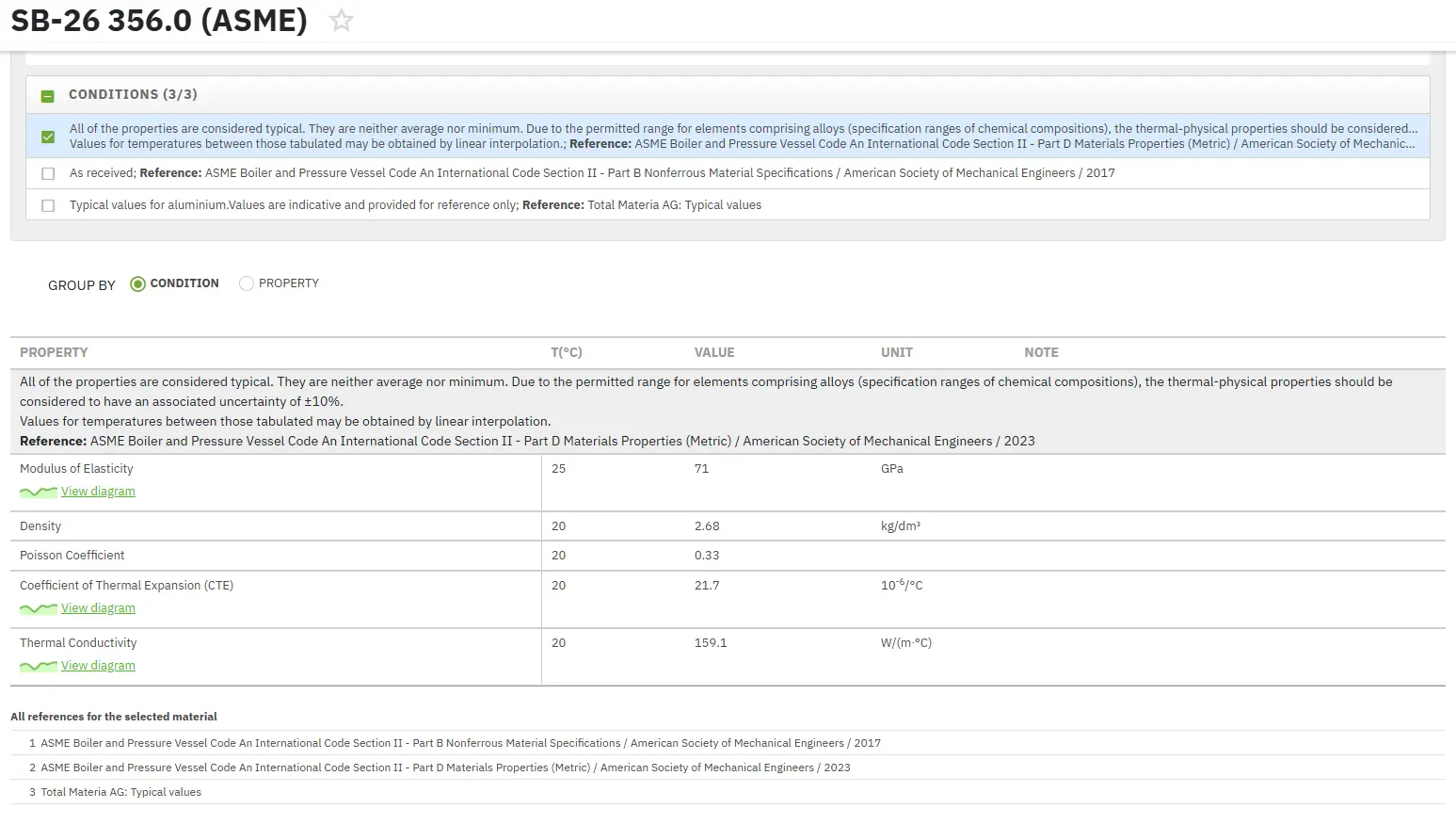Precious Metals
Abstract
This comprehensive article examines precious metals, including silver, gold, and the platinum group (platinum, palladium, ruthenium, rhodium, osmium, and iridium). It details their unique physical and chemical properties, such as high density, corrosion resistance, electrical conductivity, and light reflectivity. The text explores measurement systems for purity, including fineness and karats, while highlighting industrial applications across electronics, jewelry, automotive, aerospace, and chemical sectors. Each metal is individually profiled with information on its characteristics, historical usage, geographical distribution, and modern applications, emphasizing both their practical importance and economic value in global markets.
Understanding Precious Metals: Properties and Classifications
The term 'precious metals' encompasses silver, gold, and the six platinum group metals—platinum, palladium, ruthenium, rhodium, osmium, and iridium. These metals share distinctive characteristics that set them apart from base metals, including high density, exceptional corrosion resistance, superior electrical conductivity, and remarkable light reflectivity. Their specific gravities range from 10.5 for silver to an impressive 22.6 for iridium.
Gold and silver have been valued throughout human history for millennia, with platinum also known, though less extensively used in ancient times. The remaining platinum group metals represent more recent discoveries. Despite their relatively high cost, these metals and their alloys find economic justification in various industries due to their exceptional performance characteristics and longevity in service. Their high scrap value also promotes extensive recycling practices throughout these industries.
Key Characteristics and Applications of Precious Metals
Precious metals possess several distinguishing characteristics that make them highly valuable for industrial and decorative applications. They demonstrate notably lower chemical reactivity than most elements, giving them excellent resistance to corrosion. Their distinctive shiny appearance contributes to their popularity in ornamental uses and jewelry. The exceptional ductility of these metals allows them to be shaped into desired forms without breaking, with gold being particularly remarkable for being both ductile and malleable—capable of being formed into extremely thin sheets or wire.
Another defining feature of precious metals is their higher melting points compared to common metals, requiring substantial heat and electricity for melting and reshaping. This property, combined with their relative scarcity, contributes significantly to their high market value. Among precious metals, gold, silver, and platinum maintain the highest trading volumes in global markets.
The purity of precious metals, particularly silver and gold, is designated through specialized systems. Fineness indicates purity in parts per thousand by weight; for example, 995 fine gold contains 99.5% gold, while 925 fine silver (sterling silver) contains 92.5% silver. Gold bullion traded commercially must be at least 995 fine, and silver bullion at least 999 fine. For jewelry applications, gold purity is specified in karats, where 1 karat represents 1/24th part of gold—making 18 karat gold 75% pure gold.

Figure 1: Pouring molten gold into an ingot mold
The Platinum Group: Specialized Applications
The platinum group of precious metals includes iridium, osmium, palladium, rhodium, ruthenium, and platinum itself. Each of these metals offers unique properties that make them valuable for specialized applications across multiple industries.
Platinum stands out as the most widely recognized member of this group. Its exceptional resistance to high temperatures and acids makes it invaluable in scientific and medical research, where it is used for precision instruments, measures, and weights. However, platinum's primary application is in high-end jewelry manufacturing. Modern jewelers increasingly prefer platinum settings for diamonds and pearls over other precious metals due to its durability and lustrous appearance.
Palladium has historically served as a substitute material in jewelry production during periods when platinum was scarce or unavailable. Beyond ornamental uses, palladium finds application in dental products. One of its most remarkable characteristics is its extraordinary capacity to absorb hydrogen—a property that distinguishes it from other precious metals and creates opportunities for specialized industrial applications.
Rhodium, another member of the platinum family, is primarily utilized in manufacturing components for aircraft turbine engines, where its heat resistance proves invaluable. Its exceptional light reflectivity and superior corrosion resistance make rhodium an ideal material for producing high-quality mirrors and flashlights, where performance and longevity are paramount considerations.
The unique properties of these platinum group metals continue to drive innovation across aerospace, automotive, electronics, and medical industries, with new applications constantly emerging as technology advances.
Silver: Properties and Commercial Significance
Silver stands as one of humanity's earliest utilized metals, prized for its unparalleled thermal and electrical conductivity—the highest among all metals. Designated by the chemical symbol Ag, silver has an atomic number of 47 and an atomic mass of 107.9. Its physical appearance is distinctively white and highly reflective, combined with exceptional malleability that allows for diverse applications.
This precious metal serves numerous commercial purposes, including jewelry, ornamental objects, coinage, mirrors, and electrically conductive paint. In industrial settings, silver-clad base metals (including copper, brass, nickel, and iron) are widely utilized, particularly in electrical and chemical industries where conductivity is crucial.
Within the Unified Numbering System (UNS), silver and other precious metals are categorized under a single designation with the prefix letter P. For silver alloys, the designation follows the format P07xxy, where xx indicates the approximate silver content as a percentage. For example, P07650 contains approximately 65% silver. Refined silver is commercially available in various purity levels, ranging from 99.99% (UNS P07010) to 99.90% (UNS P07020).
Unlike some other precious metals, silver will tarnish when exposed to environmental contaminants such as ozone—a characteristic that requires consideration in its applications. Archaeological evidence indicates that humans have used silver since prehistoric times, with the earliest documented separation of silver from lead dating back to approximately 3000 B.C. Today's primary silver-producing regions include Nevada (USA), Mexico, Peru, Chile, and Canada, which collectively account for a significant portion of the global silver supply.
Gold: Properties, Measurement, and Global Distribution
Gold has maintained a central role in human civilization throughout recorded history. Distinguished by its characteristic yellow color and reflective shine, pure gold possesses the remarkable quality of being tarnish-resistant. This precious metal is highly valued for its exceptional malleability, distinctive sheen, and superior electrical conductivity. Its applications span numerous fields, including dentistry and medicine, jewelry, art, coinage, bullion, scientific and electronic instruments, and as an electrolyte in industrial electroplating processes.
The chemical symbol for gold is Au, with an atomic number of 79 and an atomic mass of 197.0. Gold exhibits excellent chemical stability with outstanding resistance to corrosion and oxidation. These properties, combined with its other characteristics, have led to numerous unique industrial applications beyond its traditional decorative uses.
Gold purity is measured using the carat system, which originated from the use of carob seeds as weight measures by ancient Middle Eastern merchants. While the carat remains a unit of mass for gemstones (1 carat = 200mg), for gold it represents purity, with pure gold designated as 24 carats. The purity scale ranges from 24 carats (100% gold) to 9 carats (37.5% gold), as shown in the following table:
Table 1. Gold Purity
| Carats | Fineness | % Gold | |
| Pure gold | 24 | 1000 | 100 |
| 22 | 916.7 | 91.67 | |
| Gold alloys | 18 | 750 | 75 |
| 14 | 583.3 | 58.3 | |
| 10 | 416.7 | 41.67 | |
| 9 | 375 | 37.5 |
European jewelry typically features 18 and 14 carat gold alloys, while 9 carat gold is particularly popular in Britain. Legal requirements in many countries mandate that all gold jewelry items must be clearly stamped with their caratage. The hallmarking system used to verify and indicate gold purity originated in 14th century London at Goldsmiths' Hall.
Approximately half of the world's gold reserves are located in South Africa, with other significant deposits found in the United States, Australia, Brazil, Canada, China, and Russia. This global distribution of gold resources has shaped international trade and economic relationships throughout history and continues to influence financial markets today.
Platinum: Characteristics and Industrial Importance
Platinum, represented by the chemical symbol Pt, possesses an atomic mass of 195.1 and an atomic number of 78. This precious metal exhibits a distinctive silver-white to gray appearance and is renowned for being one of the heaviest elements known. Its exceptional chemical stability prevents oxidation except in the presence of bases, making it particularly valuable for applications requiring resistance to corrosion and chemical degradation.
As one of the rarest elements in the Earth's crust, platinum's scarcity contributes significantly to its high market value. Despite its limited availability, platinum plays a crucial role in modern industry and technology. Its predominant application is as a catalyst for controlling automobile and industrial plant emissions, where its unique properties facilitate chemical reactions that convert harmful pollutants into less dangerous compounds.
Beyond environmental applications, platinum serves as an essential catalyst in the production of acids, organic compounds, and pharmaceuticals, making it indispensable to the chemical and pharmaceutical industries. The dental sector utilizes platinum in specialized alloys, while the electronics industry incorporates it into capacitors and as conductive or resistive films for electronic circuits. Additionally, platinum's aesthetic appeal and durability make it highly sought after for fine jewelry.
The global distribution of platinum resources is notably concentrated, with the majority of the world's platinum reserves located in South Africa and Russia. This geographical concentration of supply has significant implications for global markets and industries dependent on this valuable metal.
Find Instantly Precise Material Properties!
Total Materia Horizon contains physical, thermal and electrical properties for hundreds of thousands of materials, for different temperatures, and much more.

Get a FREE test account at Total Materia Horizon and join a community of over 500,000 users from more than 120 countries.